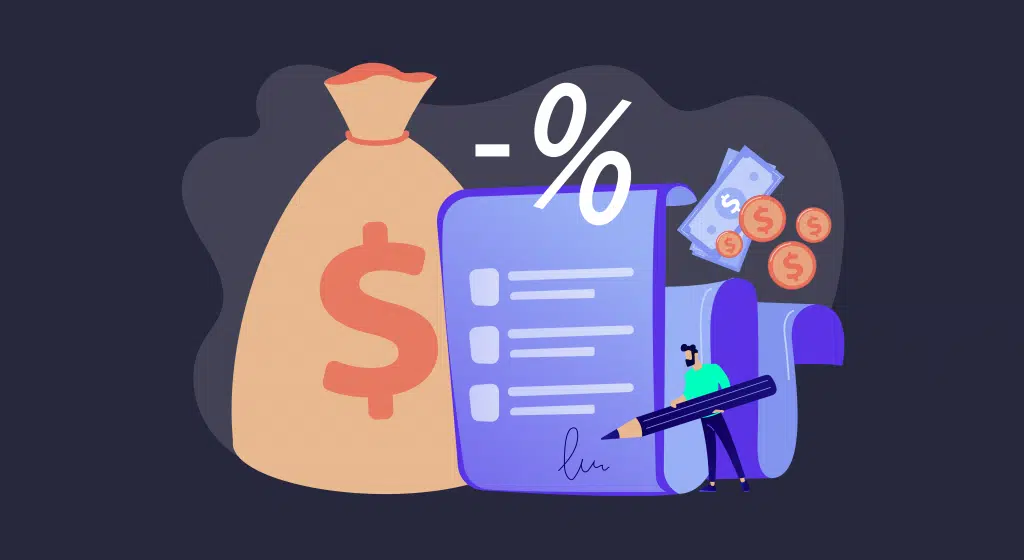The Fed’s stated interest rate, which determines just how much lenders can get back on their investments, has been abysmal over the past several years; cash investments, particularly in traditional savings and checking accounts, are currently one of the lowest-earning opportunities available.
Is it possible to get worse for investors? In part four of our series on the most confusing economic concepts explained, learn what a negative interest rate is and how it affects you and your investment strategies.
What are negative interest rates?
Interest is expressed as an annual percentage rate or APR. For as long as many of us can remember, APRs have always been positive. For example, if a bank loans you money and you get a positive interest rate (say 3.5%), they’ll get the original loan amount back (the principal), plus their earnings which are based on the interest rate you received. Even in times of economic trouble, a positive interest rate, or anything above 0 percent, ensures that the lender makes something from their loan. They may not profit after operating expenses, but they will make something.
Anything under 0 percent is called a “negative interest rate.” This can cause issues for the market, as it actually costs banks money to lend out cash. What’s their incentive to do so if they can’t break even? There may not be one. Some of the riskier loan opportunities to businesses could dry up, investments would lose significant value, and the everyday consumer with cash in interest-bearing bank accounts may find themselves actually paying the banks to store their money. Not ideal!
How do negative interest rates work?
In the instance of a negative interest rate, consumers would be more likely to take on debt, since it would be much cheaper to make those monthly repayments. From houses to cars, cash-strapped households may find it the perfect time to borrow, all while investors shy away from cash assets that are set to lose money during a negative interest rate period.
So, it’s good for loan demand, since it’s so cheap to borrow, but banks would have no reason to take on unnecessary risk. Cash and fiat-based systems wouldn’t perform well, and investments could shift to something more tangible until rates bounce back to positive.
How do negative interest rates affect you?
Is there a chance of negative rates in our future? The U.S. doesn’t currently have much experience with a negative interest rate. While European countries have taken the plunge in an effort to provide consumer relief, the Fed isn’t an advocate of negative rates and even came out with projections of keeping things just north of zero until at least 2022. However, the perfect storm of COVID-response stimulus spending, which has caused the Fed to put over $120 billion a month into the economy, has some fearing hyperinflation.
In either hyper-inflation or negative rate scenarios, investors will find it less reasonable to stick with traditional cash-based investments. They may seek out “alternative” investments, including bullion and crypto. Regardless of your investing strategy, it’s smart to look at examples of times we have come close to negative interest rates and even watch other countries as they navigate these uncertain waters. Negative rates may be a way to get consumers to start taking risks again, but, for investors, it’s a scary prospect that few have really prepared for.
Has inflation got you worried about the future of cash markets? Sign up for our newsletter, and receive updates on ways you can use your crypto to your advantage—even in times of negative interest and hyperinflation.








